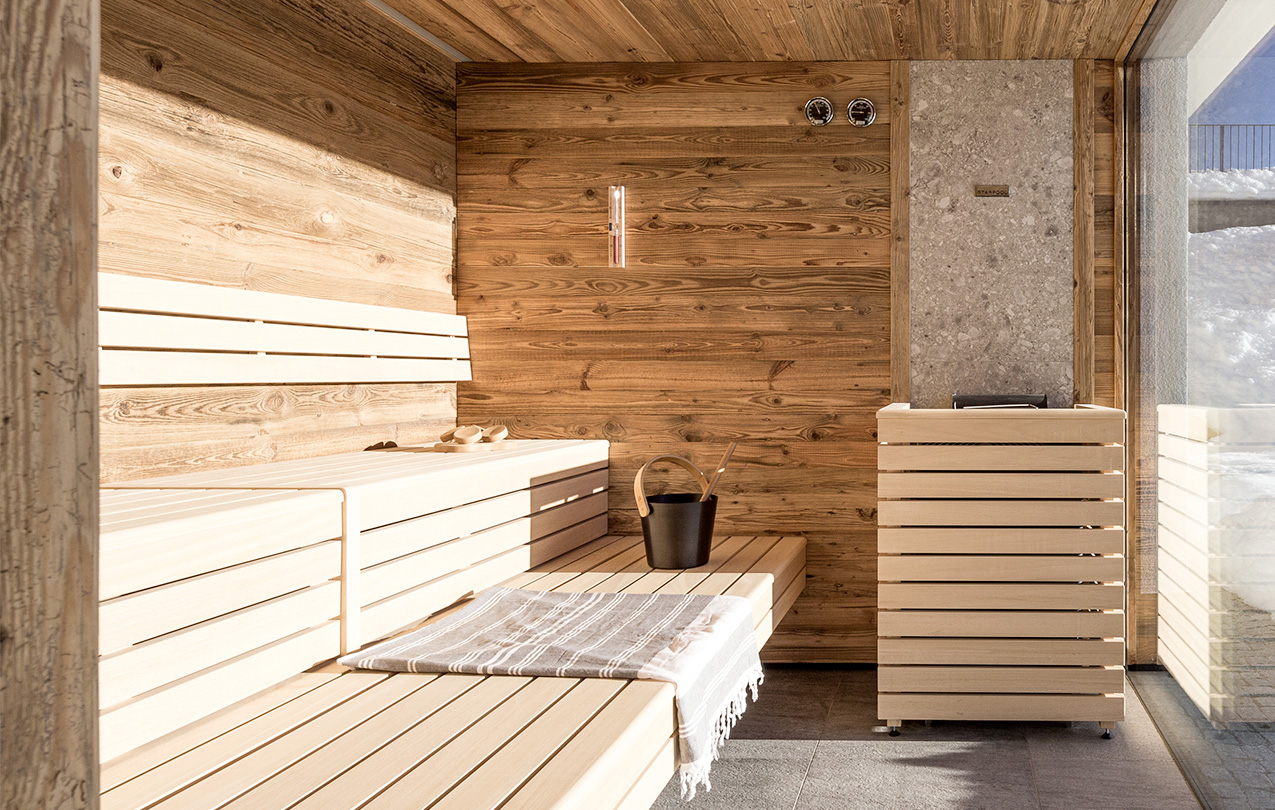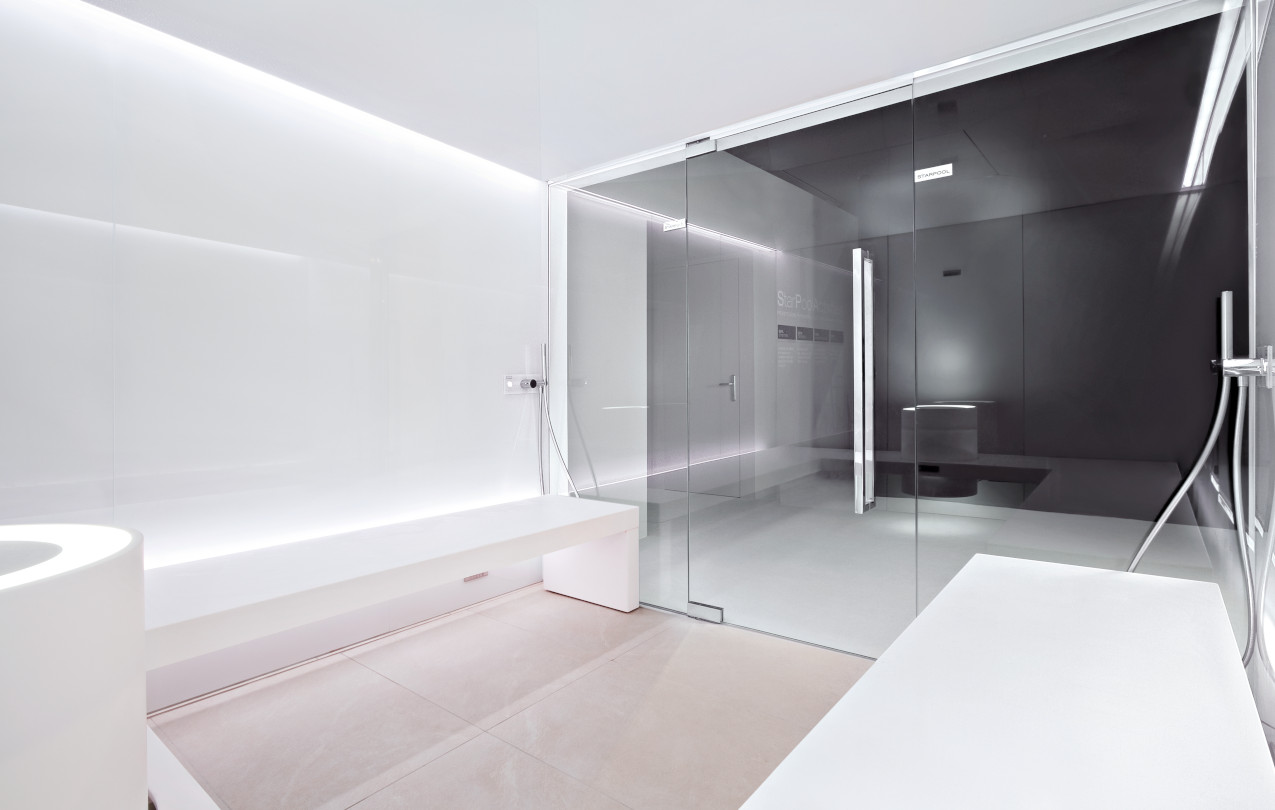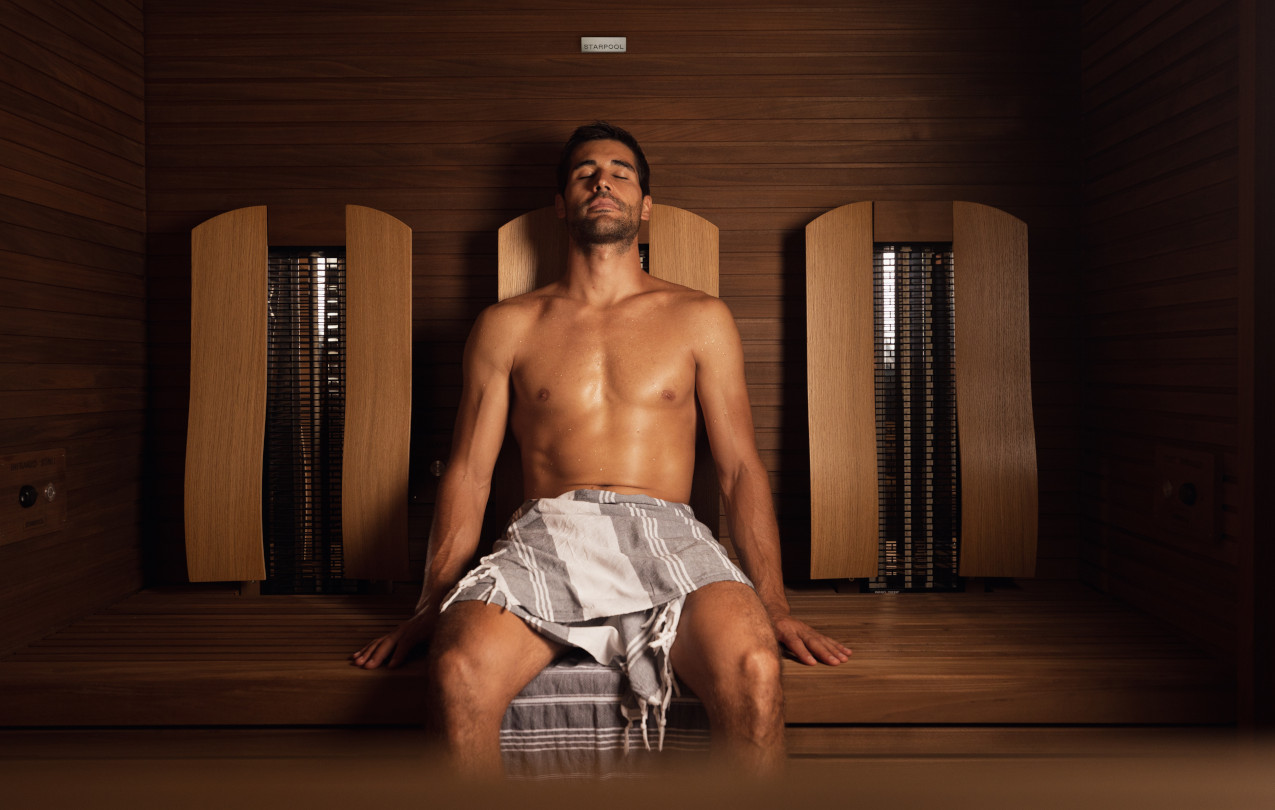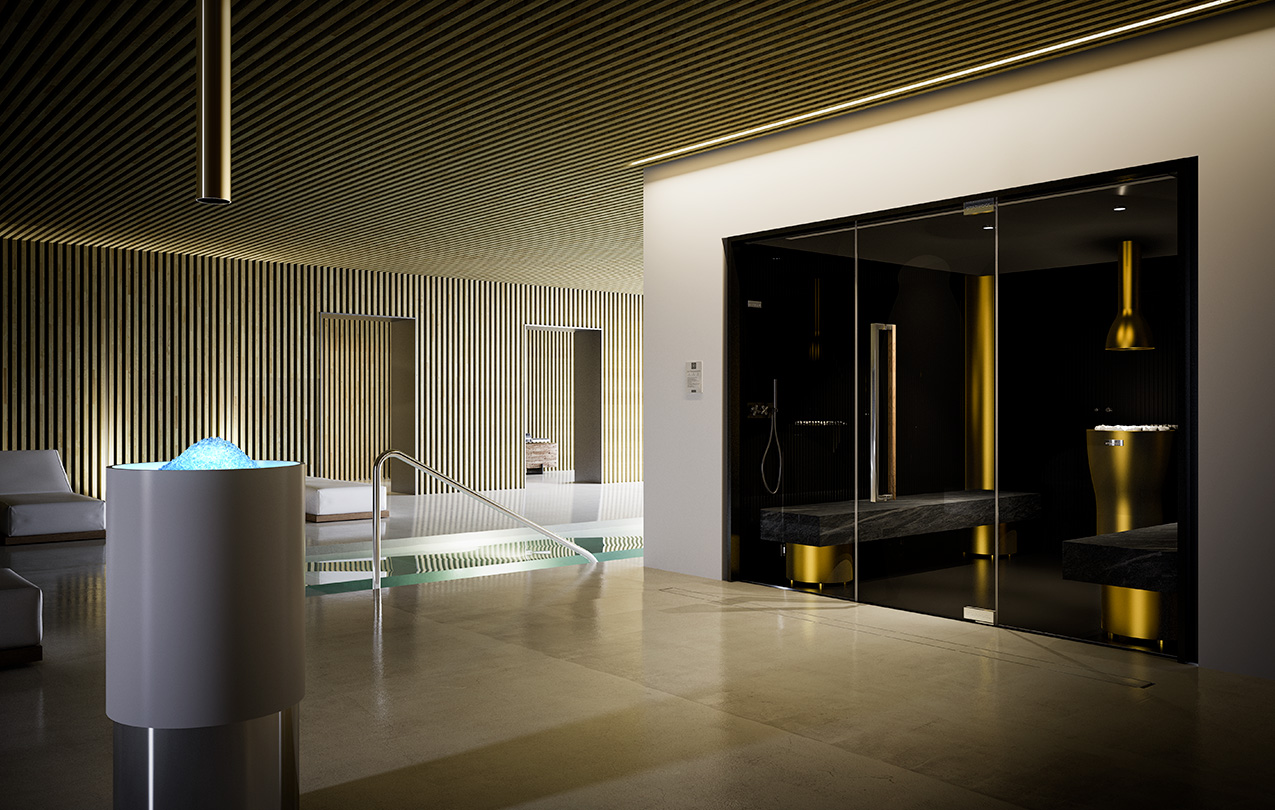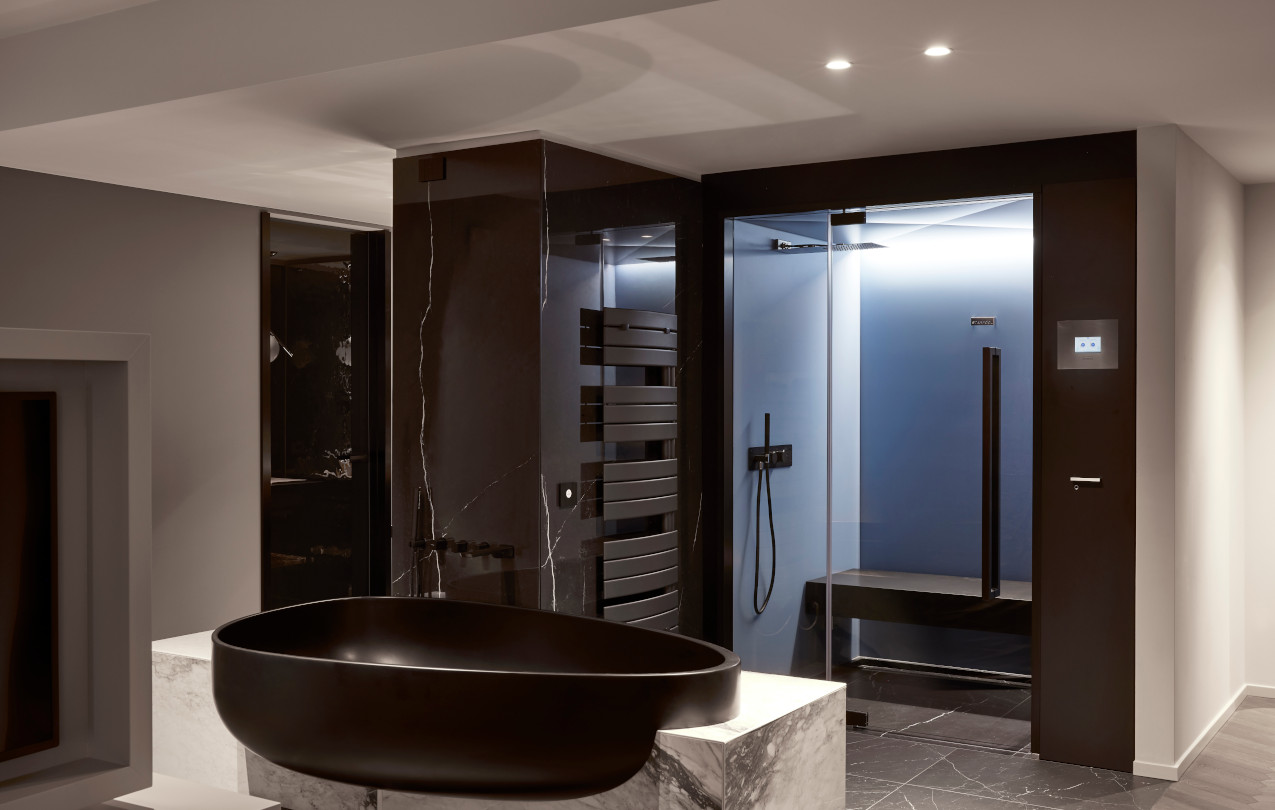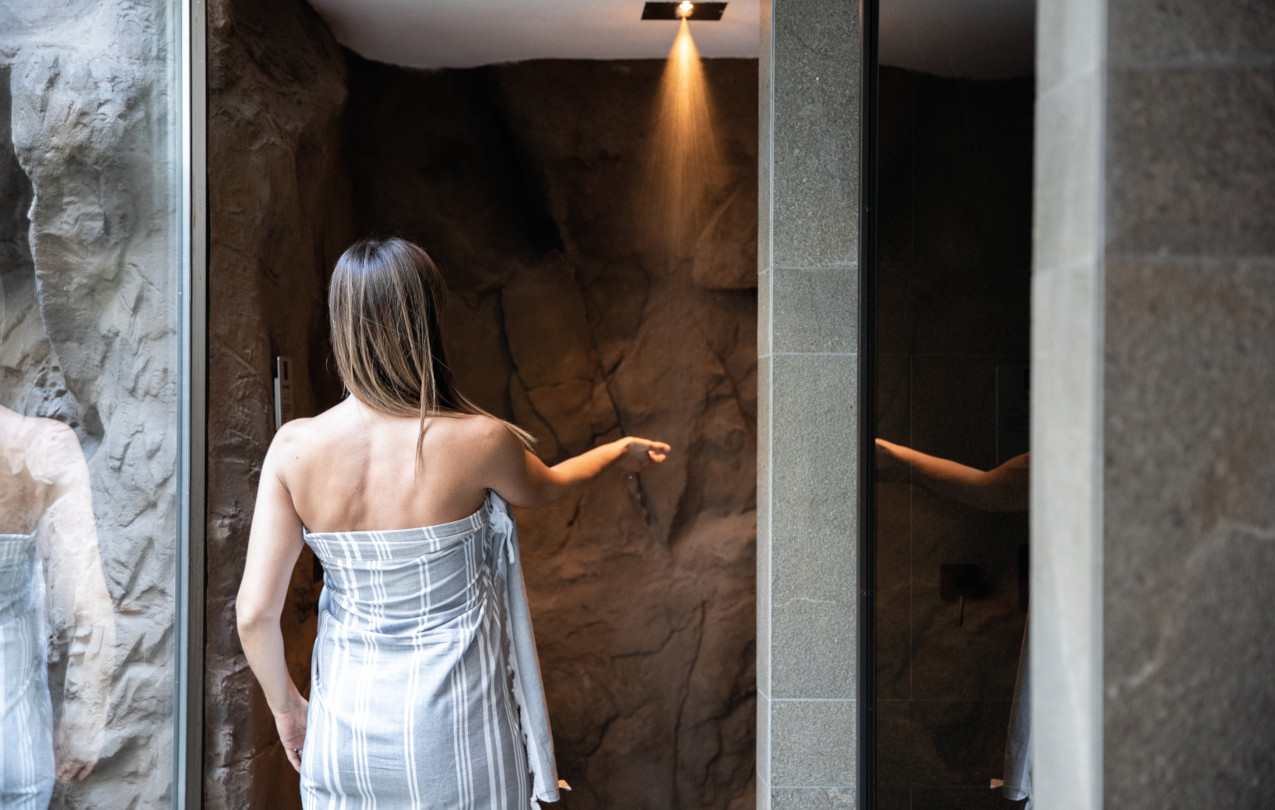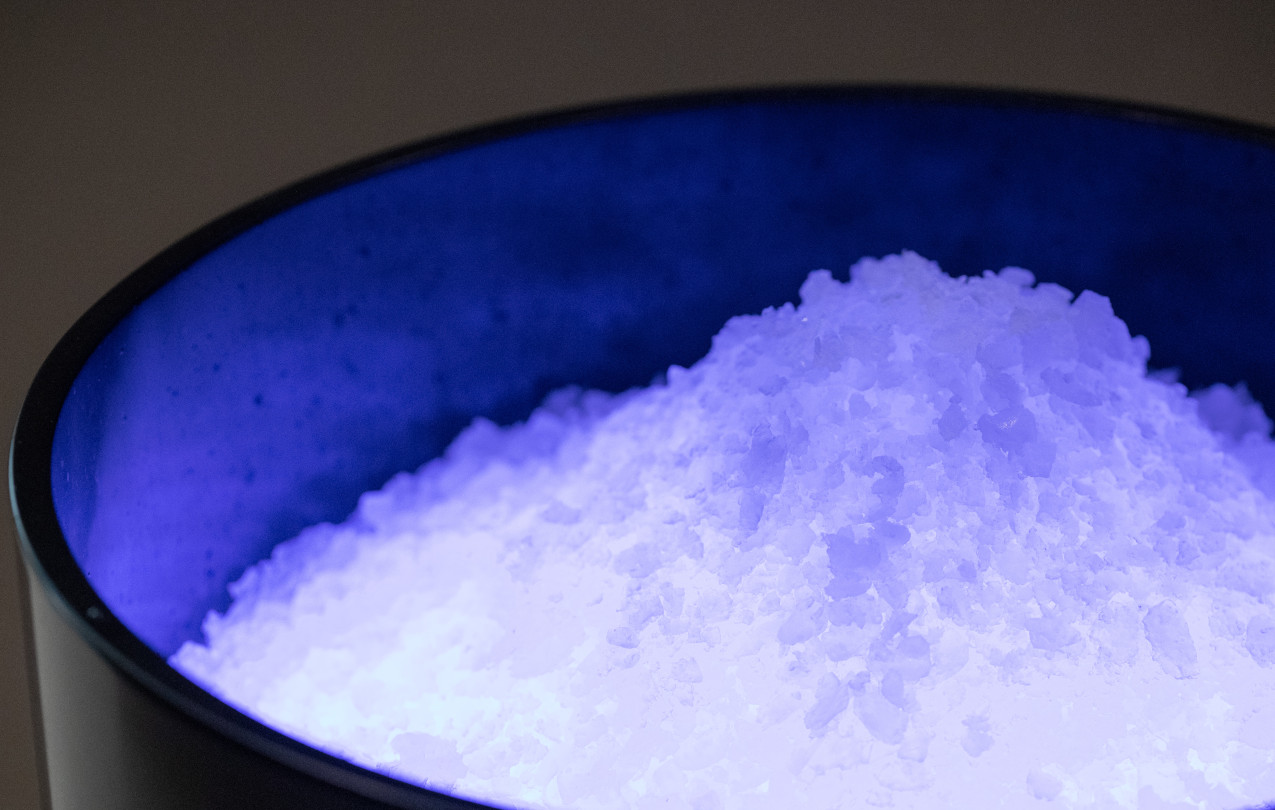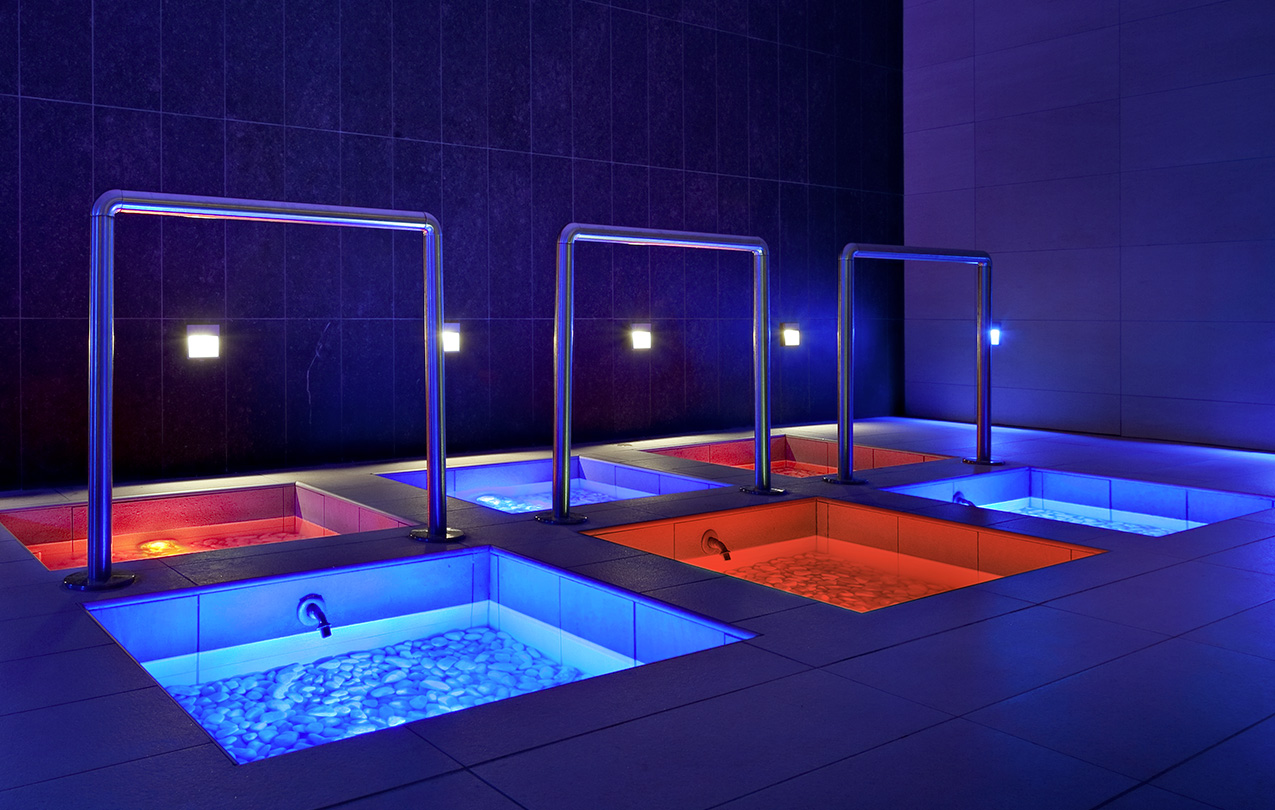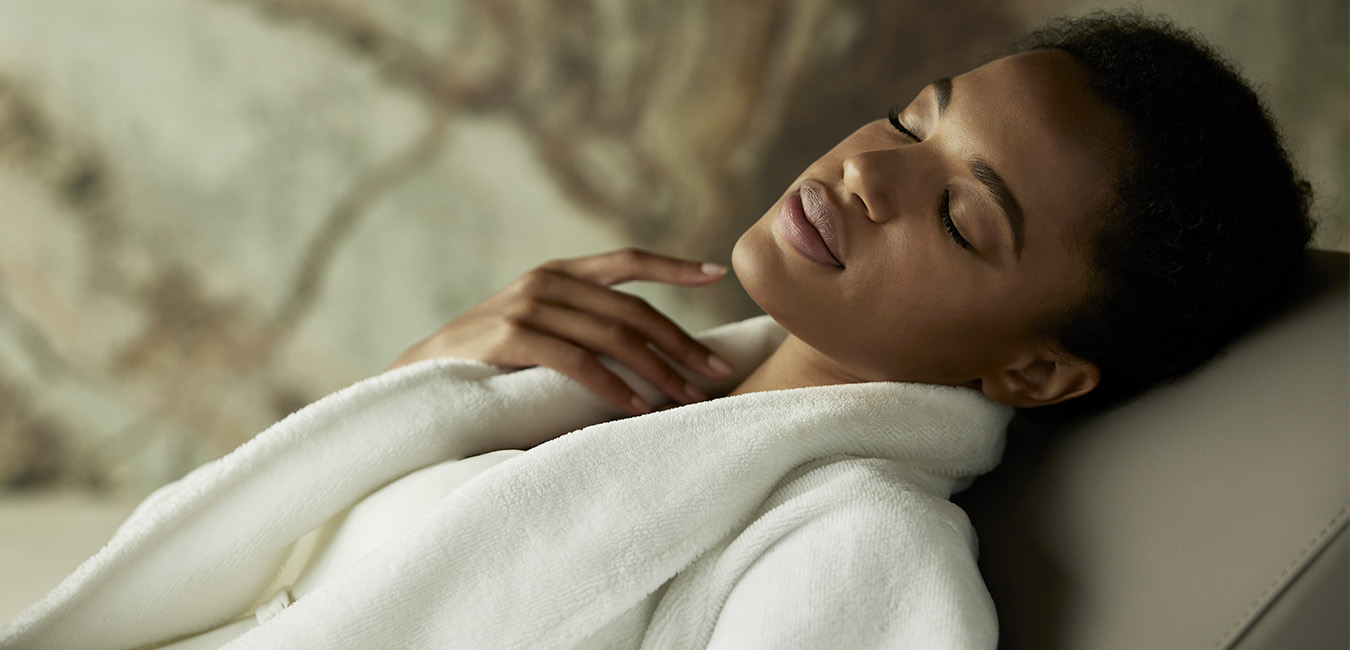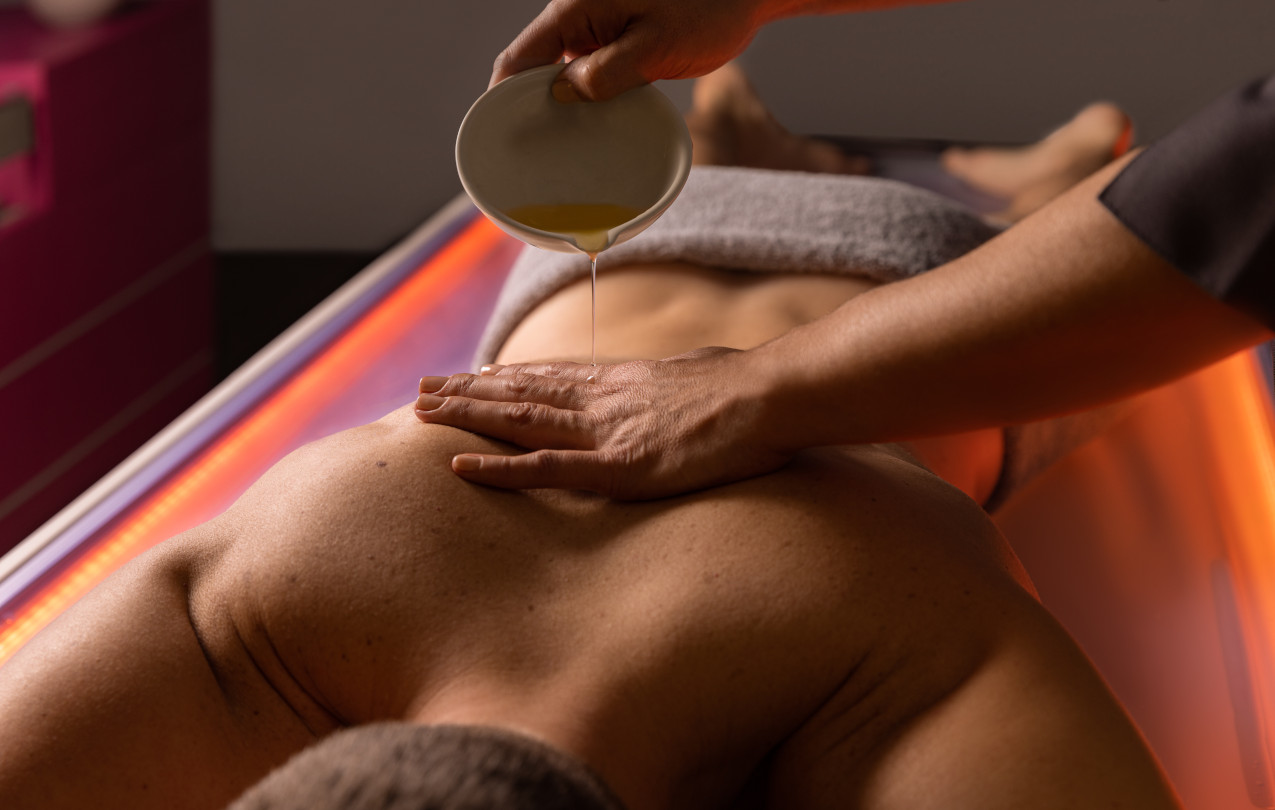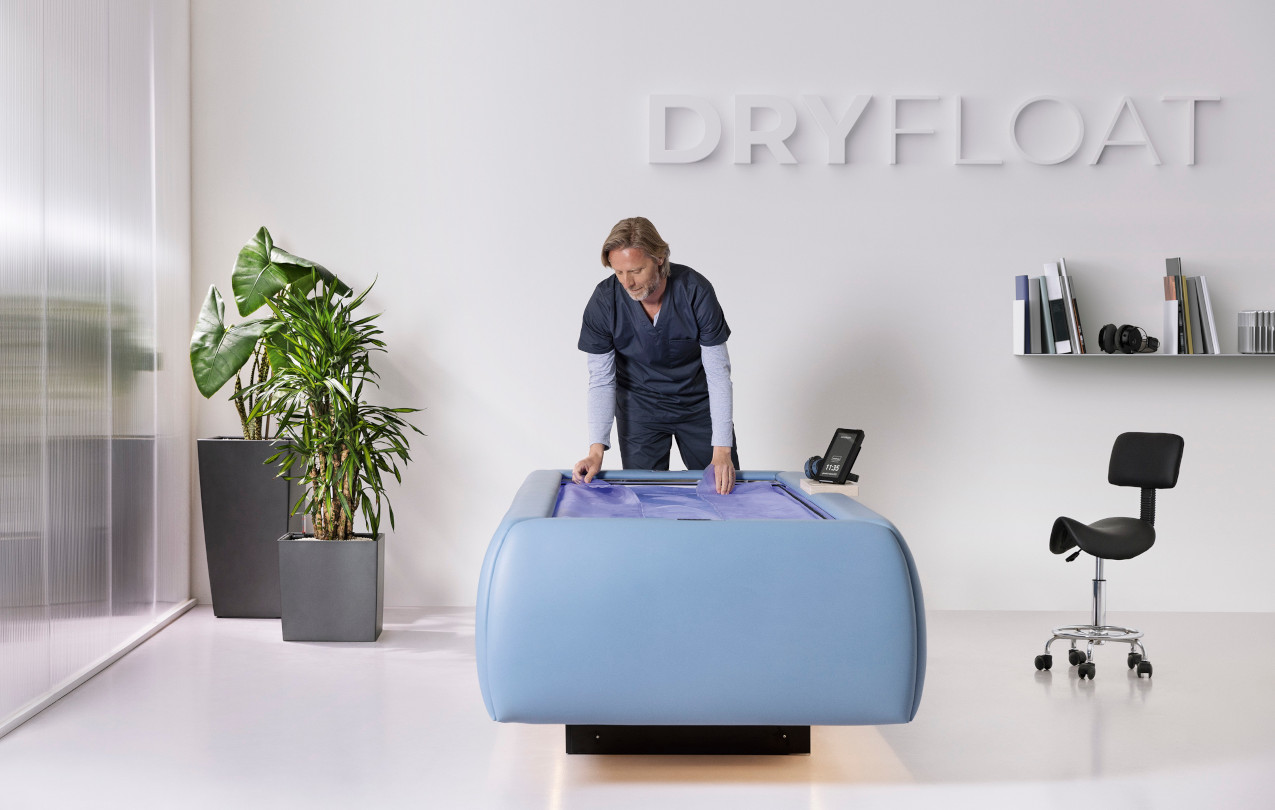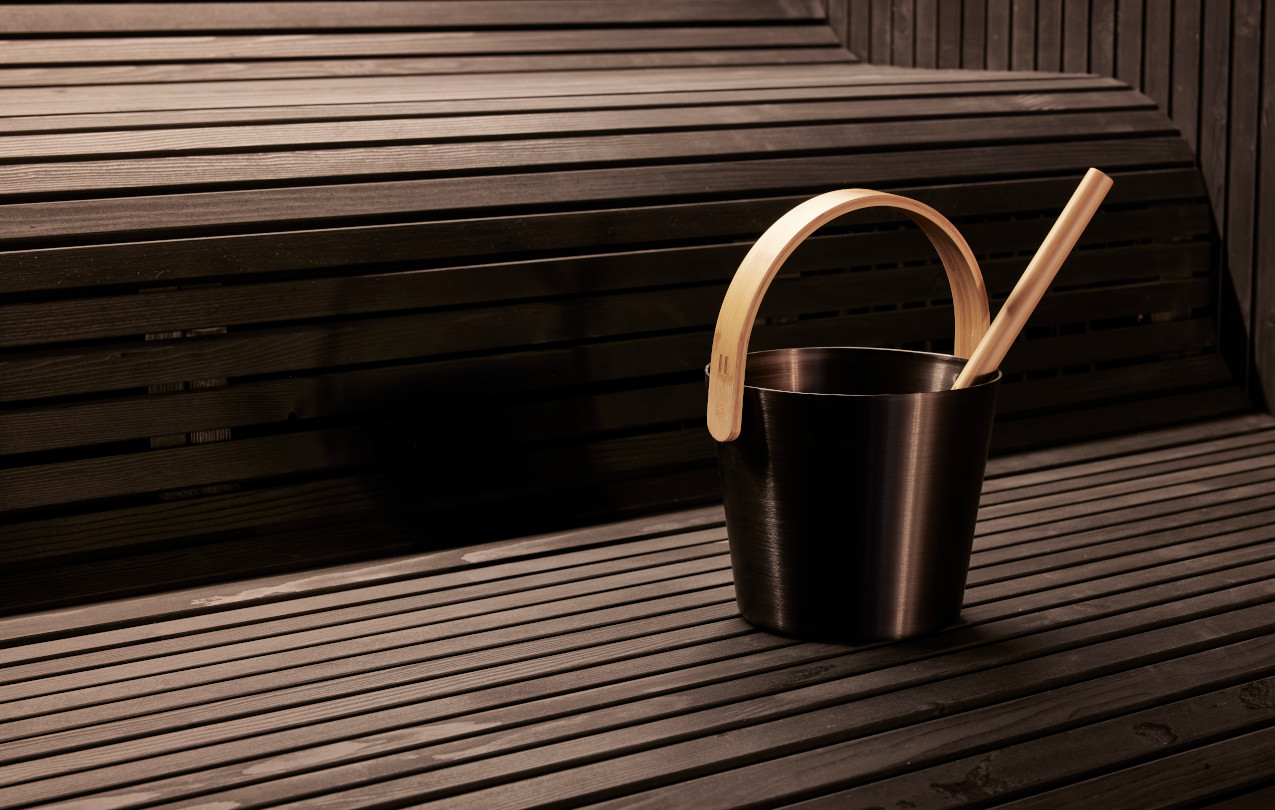Wellness for Teenagers: a New Frontier of Awareness
Wellbeing has no age. But today, more than ever, it has an age-related urgency: that of adolescents. According to the “Teen Wellness” report from the Global Wellness Summit 2025, young people are going through a deep crisis, especially on an emotional and relational level. Anxiety, depression, socialization difficulties, and issues related to tech overuse are rising worldwide. Yet only recently has the wellness sector begun to truly listen to them.
The statistics are clear: in many countries, more than 25% of adolescents are living with some form of mental distress. Constant exposure to social media, global challenges such as climate change, economic instability, and hyperconnectivity contribute to making younger generations more vulnerable, often feeling overwhelmed and disoriented.
The report highlights that teens themselves recognize the negative impact of social media on their mental health: nearly half of U.S. adolescents believe that social media has a harmful influence on their peers. In Europe, many young people between the ages of 16 and 24 say social media has become increasingly toxic and addictive in recent years.
Some wellness organizations are finally opening new, more mindful and respectful paths. Various spas, retreats, and resorts are developing programs designed to truly support the mental and physical wellbeing of adolescents, offering journeys where wellness is not about appearance, but genuinely transformative.
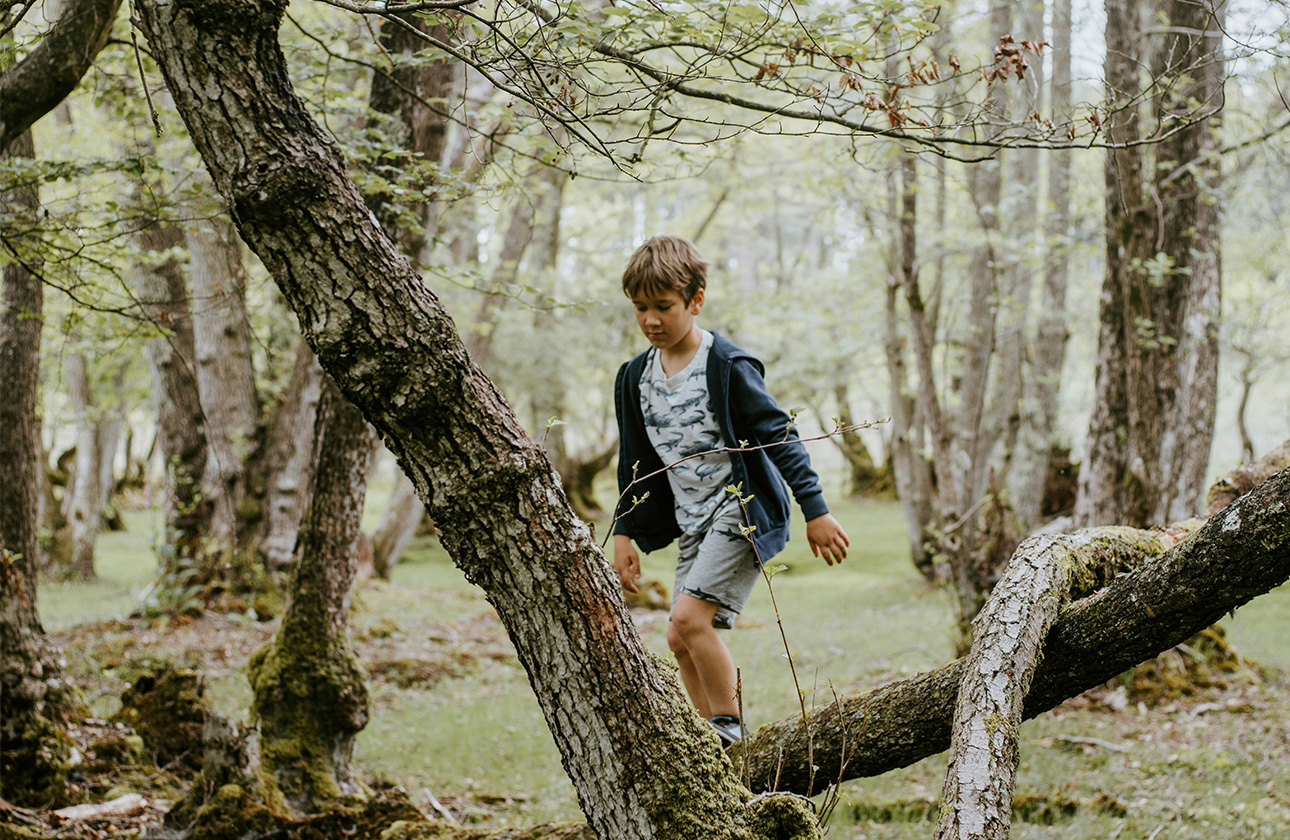
In England, REWIRE Retreats offers residential, phone-free programs for teenage girls, featuring activities like wild swimming and stargazing, as well as guided workshops to foster self-esteem and emotional management. In Qatar, Zulal Wellness Resort has created personalized experiences to help young people cultivate emotional intelligence, integrating holistic techniques with real-life connection, far from digital pressures. Other examples include The Place Retreats in Bali and Resurface Surf Therapy, where the combination of psychology, water sports, and deep human connection becomes an innovative form of active therapy and inner balance restoration.

However, there is a risk of turning youth discomfort into just another market. As the Global Wellness Summit warns, brands must resist the temptation to offer wellness as a product to buy or show off. Just think of the explosive rise of anti-aging skincare among preteens or the surge in teen influencers promoting beauty routines and supplements on TikTok. A concerning sign of how the idea of wellness risks being distorted into something performative and consumer-driven. Instead, wellness should return to its original meaning: a way to know oneself, accept oneself, and grow. Especially when it comes to adolescents. Spas can and should become safe spaces for listening and transformation, where teenagers feel welcomed without judgment. Places to slow down, disconnect, breathe. Where they can learn healthy, practical strategies to cope with everyday challenges and build a more stable relationship with themselves.



